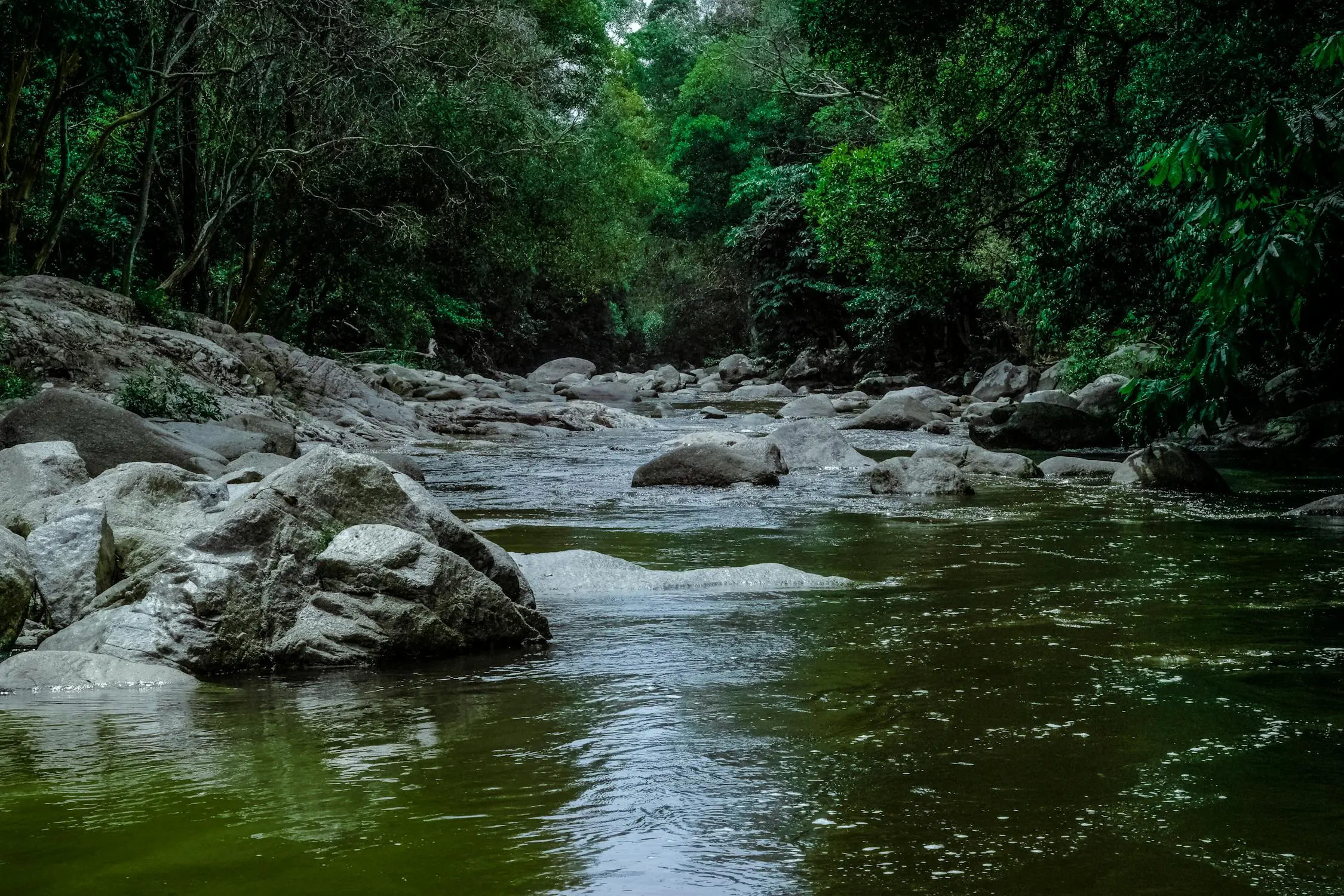Steelhead: Habitats - Pocket Water
Table of Contents
- How Can an Angler Recognize Pocket Water?
- Characteristics of Pocket Water
- Factors Causing Steelhead to Hold in Pocket Water
- Drifting or Swinging into Pocket Water
- Fishing Strategies to Target Steelhead in Pocket Water
- Orvis Read the Water Series
- Additional Insights and Techniques
- Understanding Water Dynamics
- Seasonal Considerations
- Get more info by using the following Youtube searches
How Can an Angler Recognize Pocket Water?
 Image Credit: Donald Tong on Pexels
Image Credit: Donald Tong on Pexels
Pocket water refers to the small, slow-moving areas of water that are nestled between faster currents in rivers or streams. These pockets create unique habitats that can attract various fish species, including steelhead. Recognizing pocket water can enhance an angler's ability to target fish effectively.
Characteristics of Pocket Water
To identify pocket water effectively, anglers should look for specific characteristics. The following table summarizes these factors:
| Factor | Description |
|---|---|
| Water Depth | Typically shallow, 1-3 feet, but can vary. |
| Current Speed | Slower than surrounding areas, often with subtle eddies. |
| Structure | Presence of rocks, submerged logs, or vegetation that breaks the current. |
| Water Temperature | Slightly warmer than faster currents due to sunlight exposure. |
| Feeding Fish | Steelhead and other species may hold here for food, especially during hatching periods. |
Factors Causing Steelhead to Hold in Pocket Water
Steelhead are known to seek refuge in pocket water for various reasons, including:
-
Protection from Predators: The structure in pocket water offers hiding spots for steelhead, protecting them from birds and larger fish.
-
Current Breaks: Steelhead prefer to conserve energy, and pocket water provides a slower current where they can rest while still being close to faster water for feeding opportunities.
-
Food Availability: Pocket water often collects organic matter and insects, making it an ideal feeding ground. Steelhead are known to be opportunistic feeders, and the slower water allows easier access to prey.
-
Temperature Regulation: In colder months, pocket water may offer slightly warmer conditions, attracting steelhead looking for comfortable habitats.
Drifting or Swinging into Pocket Water
When targeting pocket water, anglers can use several techniques to effectively drift or swing their baits or flies into these areas:
-
Drifting:
- Method: Cast upstream or at a downstream angle and allow your bait or fly to drift naturally into the pocket.
- Tip: Use a lightweight rig to avoid spooking the fish. A longer leader can help the bait sink gently into the water.
-
Swinging:
- Method: For fly anglers, swinging a small intuder or other bait fish patterns through the pocket can be effective.
- Tip: Vary the speed of your retrieve and pay attention to any bait fish or inscets in the area.
Fishing Strategies to Target Steelhead in Pocket Water
To successfully catch steelhead in pocket water, anglers can employ various strategies:
-
Use of Flies:
- Patterns: Choose patterns that mimic local baitfish or insects. Steelhead often respond well to streamers, nymphs, and dry flies.
- Techniques: Experiment with both wet and dry flies. A common technique is to start with a dry fly to attract attention and then switch to a nymph if there’s no response.
-
Bait Fishing:
- Live Bait: Steelhead are known to bite on worms, minnows, and shrimp.
- Presentation: Use a slip sinker rig to allow your bait to sit motionless in the pocket, which can entice curious steelhead.
-
Lures:
- Types: Spoons, in-line spinners, and jigs can be effective. Bright colors can attract steelhead in murky waters.
- Retrieve Techniques: Vary your retrieve speed and add pauses to mimic wounded prey.
-
Tackle Considerations:
- Rod and Reel: Use a medium to medium-heavy rod with a sensitive tip to detect bites.
- Line: A fluorocarbon leader can be beneficial due to its invisibility underwater, especially in clear waters.
Orvis Read the Water Series
For anglers looking to improve their ability to recognize different river features, the Orvis Read the Water series is an excellent resource. This series offers insights into various water types, including pocket water, and provides visual aids that help anglers understand river dynamics.
Additional Insights and Techniques
Understanding Water Dynamics
To become proficient at recognizing pocket water, it’s critical to understand water dynamics. Observing how water flows around obstacles can provide clues about where fish may hold. Anglers should pay attention to:
- Eddies: Small whirlpools that form behind rocks. These can be prime spots for steelhead to ambush prey.
- Current Seams: The line where fast and slow water meet can create a feeding zone.
- Backflows: Areas where water flows upstream can also hold fish seeking slower currents.
Seasonal Considerations
Steelhead behavior can vary based on the season. In cooler months, they may seek deeper pocket water, while in warmer months, they might move to shallower areas.
Get more info by using the following Youtube searches
| Search Term | Thumbnail | Link |
|---|---|---|
| How to spot pocket water in a river | Watch Video | |
| How to read water in rivers | Watch Video | |
| How to fish pocket water | Watch Video | |
| Steelhead in pocket water | Watch Video | |
| How to find rainbow trout | Watch Video |
Ask AI for More Info
Try our AI assistant for free—sign up to access this powerful feature.
👉 Sign Up to Ask AI